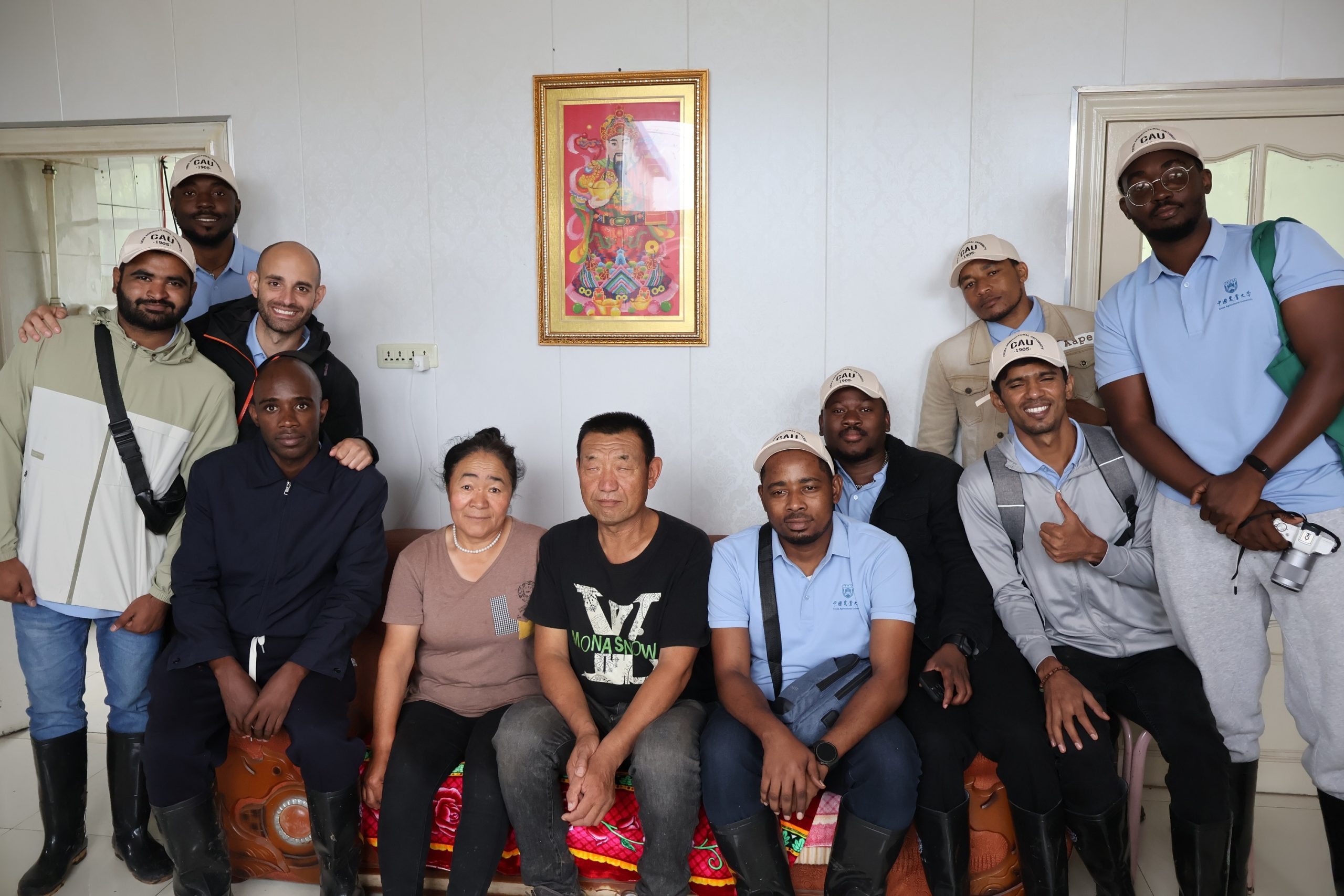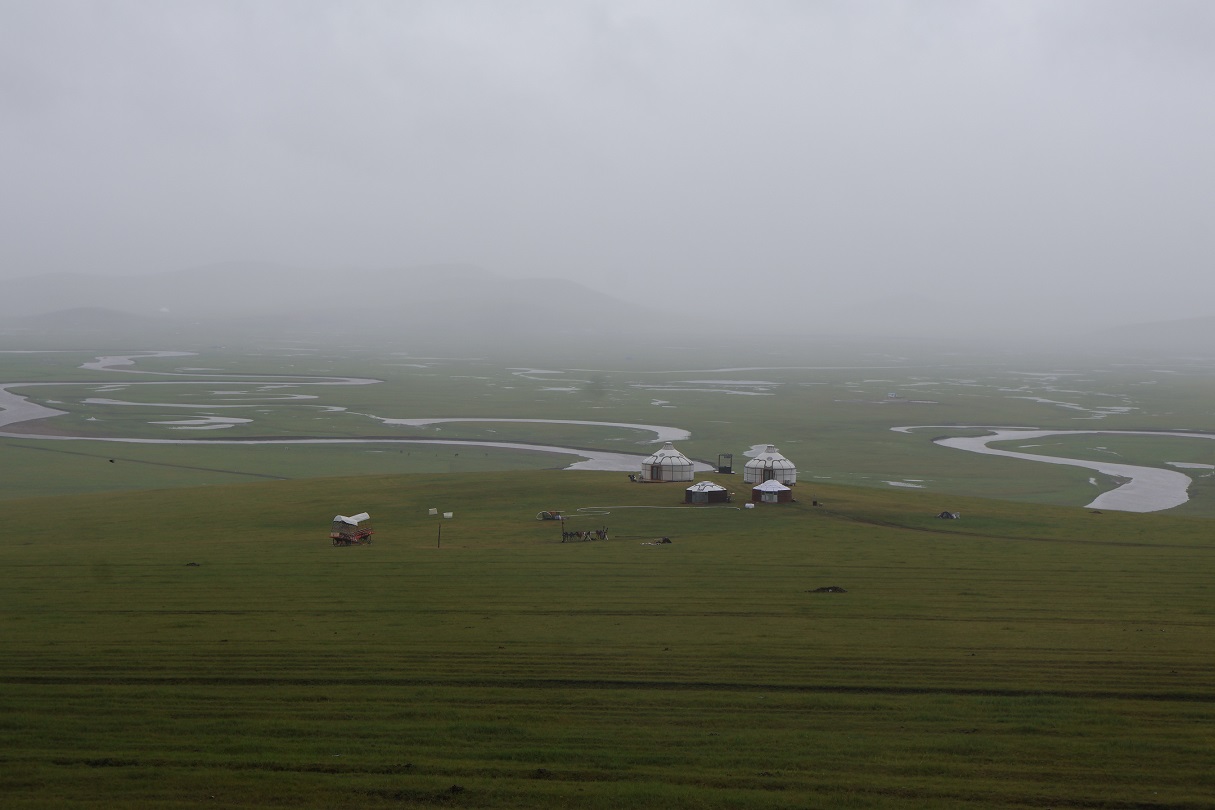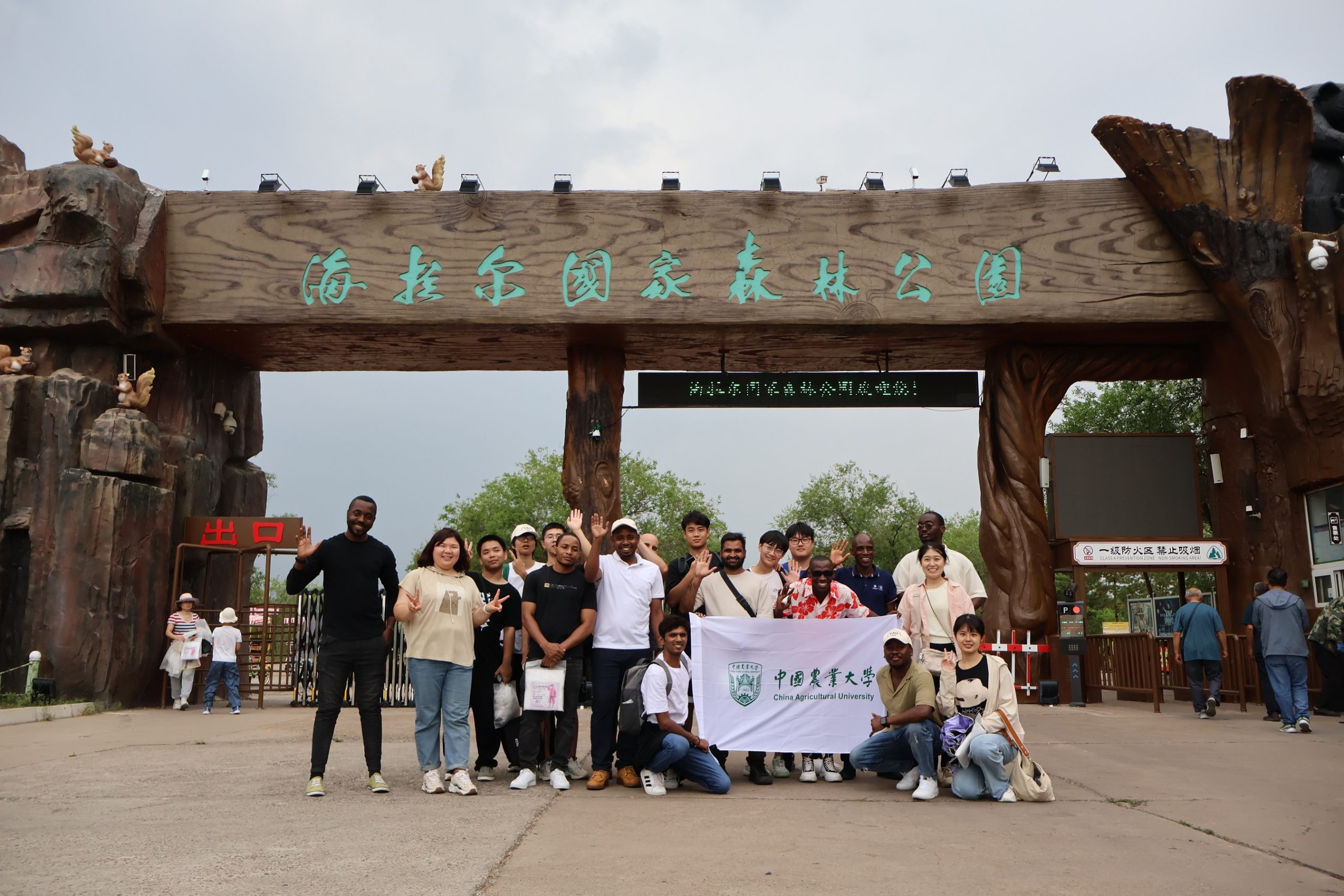
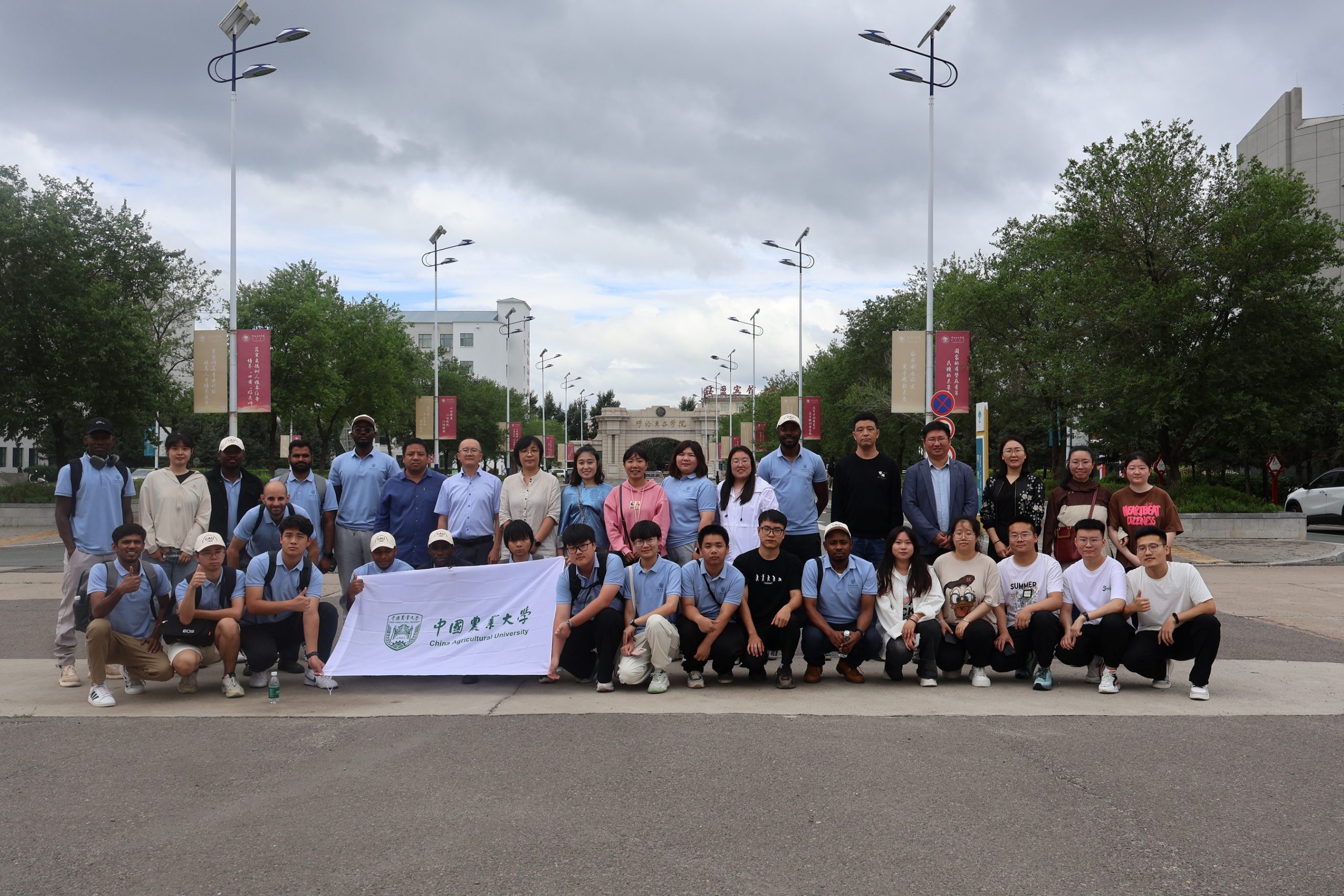
By Revocatus Bahitwa. CHINA
A story of perseverance emerges in the vast Hulun Buir grasslands of Inner Mongolia, where climate adaptation, human activities and ecological conservation harmonize in a fragile equilibrium. Despite generations of challenges, these grasslands have adapted to resource constraints, allowing communities to find a balance between livestock productivity, biodiversity conservation efforts, and the impacts of climate change. Hulun Buir’s historical importance is closely linked to its role as the habitat for 55% of China’s ethnic minorities and its vast vegetation, which covers 40% of the country’s land area. While challenges such as biodiversity loss and grassland degradation impact the region, Hulun Buir’s rich nomadic cultural heritage, strategic significance, and commitment to ecological preservation highlight its contemporary importance in northern China.
I studied on various research pathways, technologies and policies employed to combat degradation impacts on these lands. While reviewing grassland management approaches, I was inspired by the community’s efforts to balance ecological conservation with economic progress. The scale of public-private partnerships and community commitment in grassland revitalization exemplifies the principle of harmonious coexistence between humans and nature. My summer school experience in Hulun Buir unveiled a grand vision of a community committed to integrated development, smart grassland management, and collective social progress.
To promote agricultural cooperation between China and African nations, I undertook a journey of exploration and learning on how local communities in the Hulun Buir grasslands have addressed the pressing challenges of climate change and degradation. This initiative supports Chinese President Xi Jinping’s call towards a high-level China-Africa partnership for a shared future. During my visit to the Hulun Buir Grasslands in Inner Mongolia, I had a fulfilling experience that included engaging with local communities, students and staff from Hulun Buir University, researchers at the Hulun Buir Grassland Experimental Station, and representatives from local businesses. I observed the Hulun Buir villagers’ unwavering commitment to grassland restoration and sustainable land management.

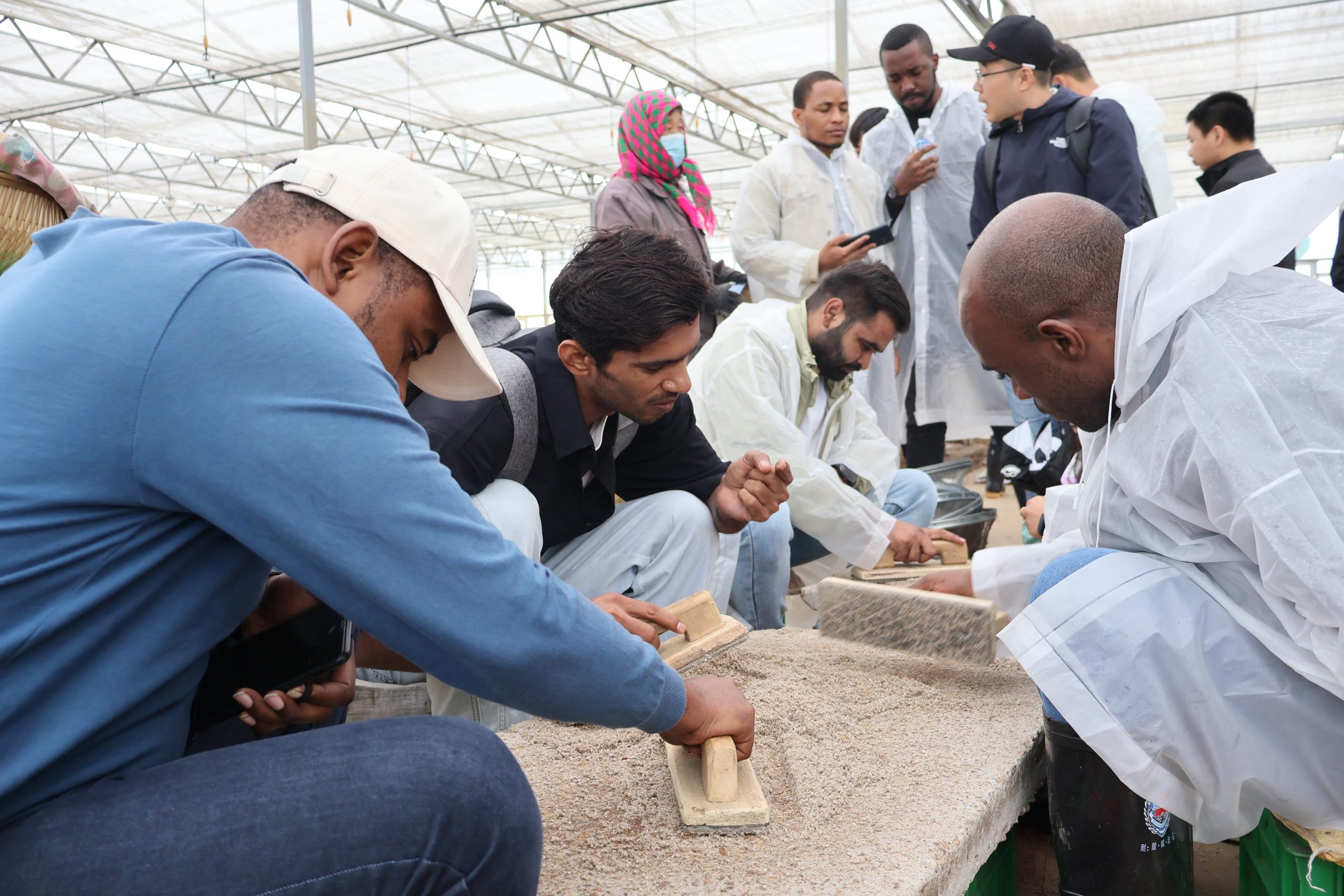
They effectively employed controlled and rotational grazing techniques to promote grassland recovery and resilience. Their approach includes keeping limited number of livestock and use of modern farming machinery for agriculture and baling hay to support the livestock. Additionally, the use of supplemental feedings for livestock was strategically implemented to reduce grazing pressure on natural pastures and support balanced nutrient intake. This integrated approach not only improved the health of the grasslands but also optimized livestock productivity. The villagers’ innovative strategies and collaborative efforts underscored their dedication to both environmental stewardship and the sustainable management of their natural resources.
During my visit to the Hulun Buir Tenihe Grassland Agricultural Experimental Station, I explored various research themes focused on enhancing livestock productivity and ecosystem stability. Researchers showcased technologies like sensors, remote sensing, and IoT integration for precise grassland management. Pre-emptive research and climate simulation experiments modelling global warming effects, supported by significant funding, underscored their dedication to sustainability. I learned about supplemental feeding strategies, legume species reseeding for enhancing forage and soil quality. Studies on grazing patterns, optimal grassland recovery times and use of multispectral cameras for monitoring grassland health highlighted the potential for sustainable, prosperous grassland agriculture, blending productivity with environmental preservation. Interacting with researchers and postgraduate students at the station highlighted their crucial role in bridging scientific research with grassland restoration efforts. By disseminating research findings, introducing innovative restoration techniques, facilitating field demonstrations and offering practical training, they enable local farmers to adopt effective grassland management practices. Their long-term, locally conducted research underscores their dedication to validate proposed methods, promote knowledge sharing, and ensure that research findings are directly applicable to farmers’ needs.
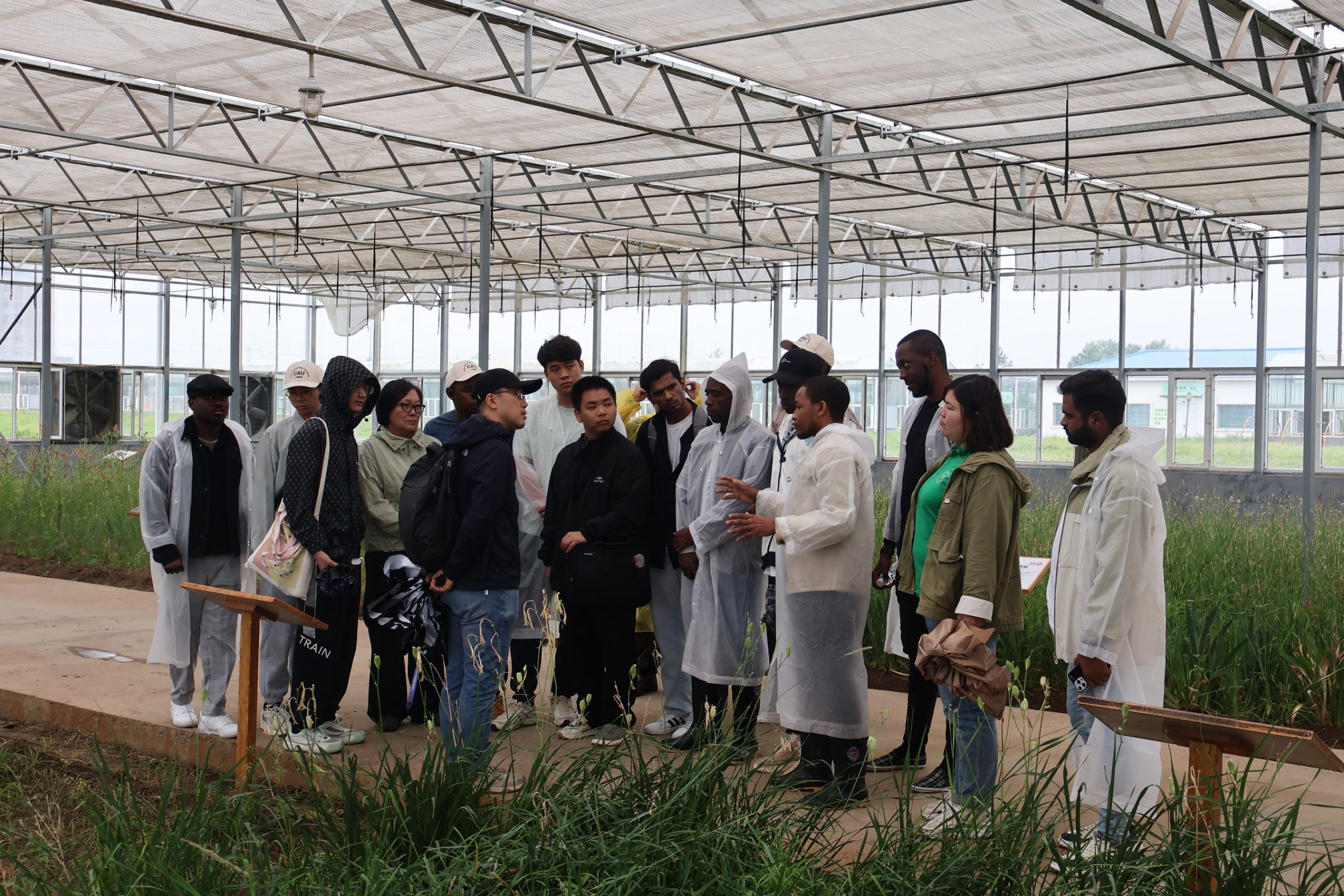

My visit to the Hulun-Buir grassland provided me with a clear and precise view of the ongoing grassland revitalization efforts. I gained a thorough understanding of the local climate, biodiversity, and socio-economic elements that affect the effectiveness and sustainability of these restoration projects. Engaging with the local communities added depth to my experience, shedding light on their role in and benefits from these revitalization activities. In a similar vein, government policies play a crucial role in shaping grassland restoration strategies.. Initiatives such as attractive land tenures, significant research funding, controlled cattle keeping and sustainable grazing management demonstrate the government’s commitment to enhancing grassland ecosystems. These targeted efforts help balance ecological restoration with local needs, reflecting a holistic approach that supports environmental health, community livelihoods, and long-term sustainability of the Hulun-Buir grassland.
My experiences highlight the critical nature of collaborative efforts in tackling grassland restoration challenges. Effective restoration requires the involvement of local communities, academia, commercial sector and policymakers. Key takeaways from Hulun Buir emphasize the importance of well-crafted policies, inclusive decision-making, and fair resource management to meet ecological and socio-economic aims. These lessons offer valuable insights for other regions facing similar issues, demonstrating how cooperative strategies can foster environmental sustainability and improve community well-being.
